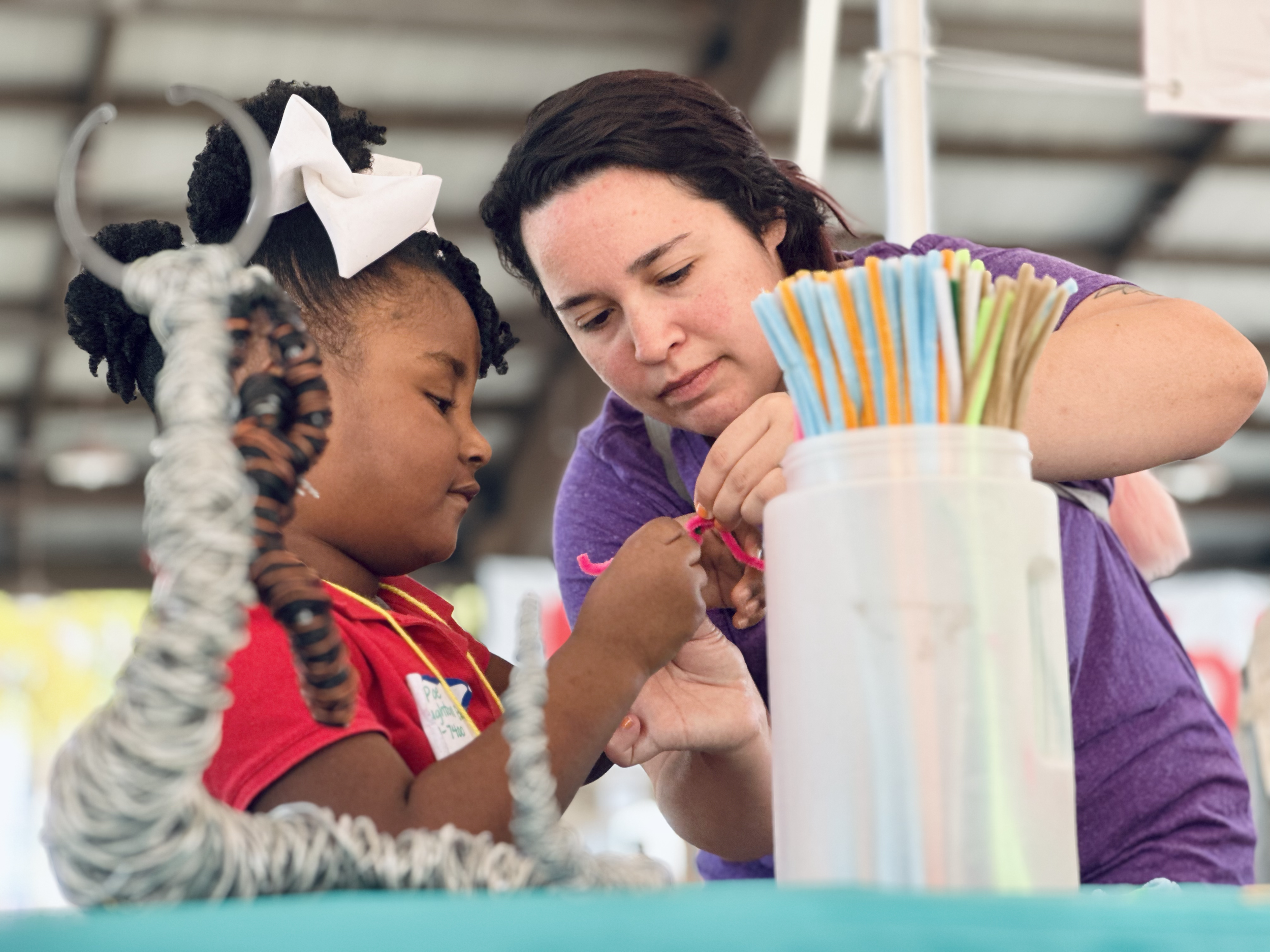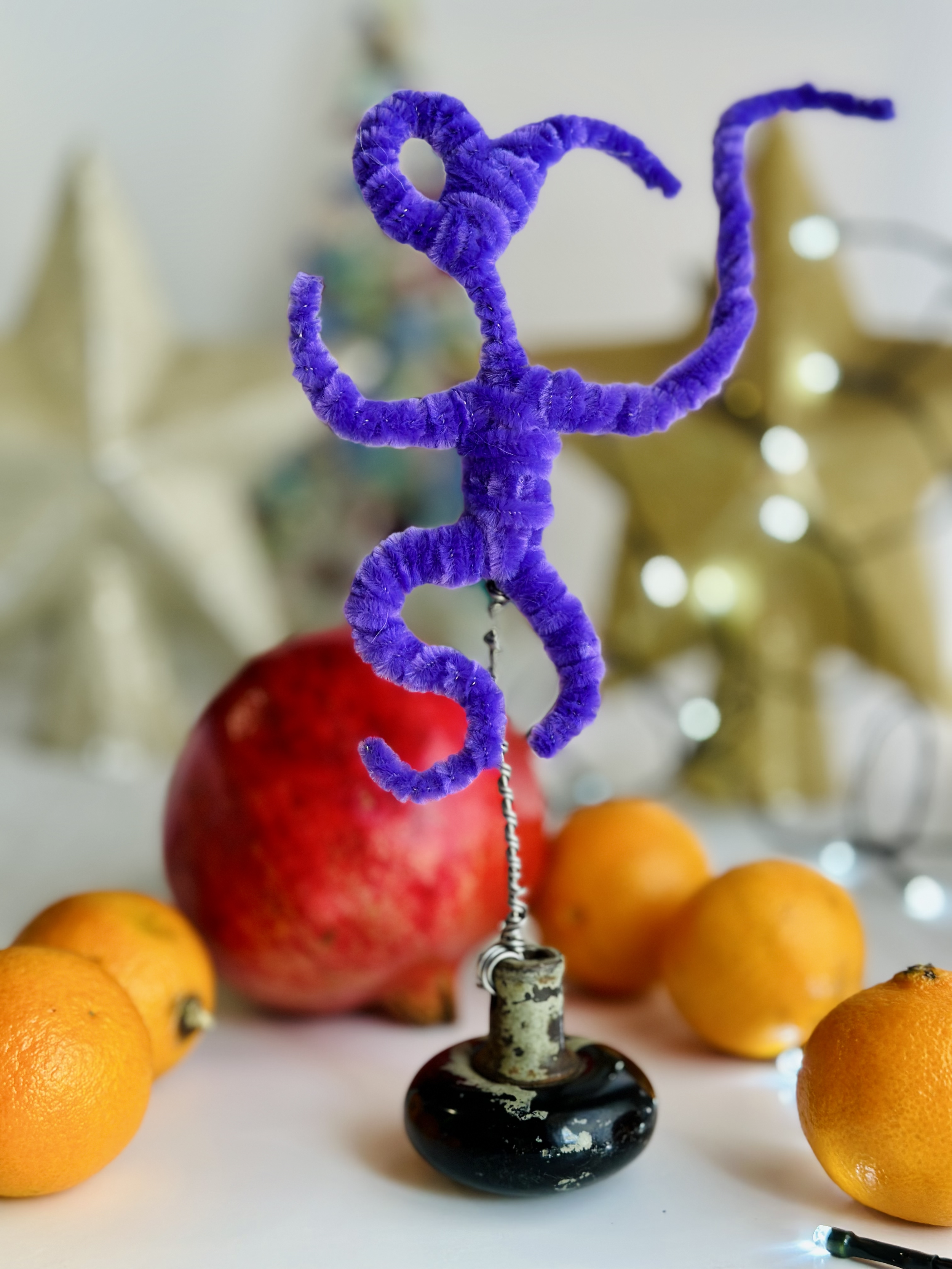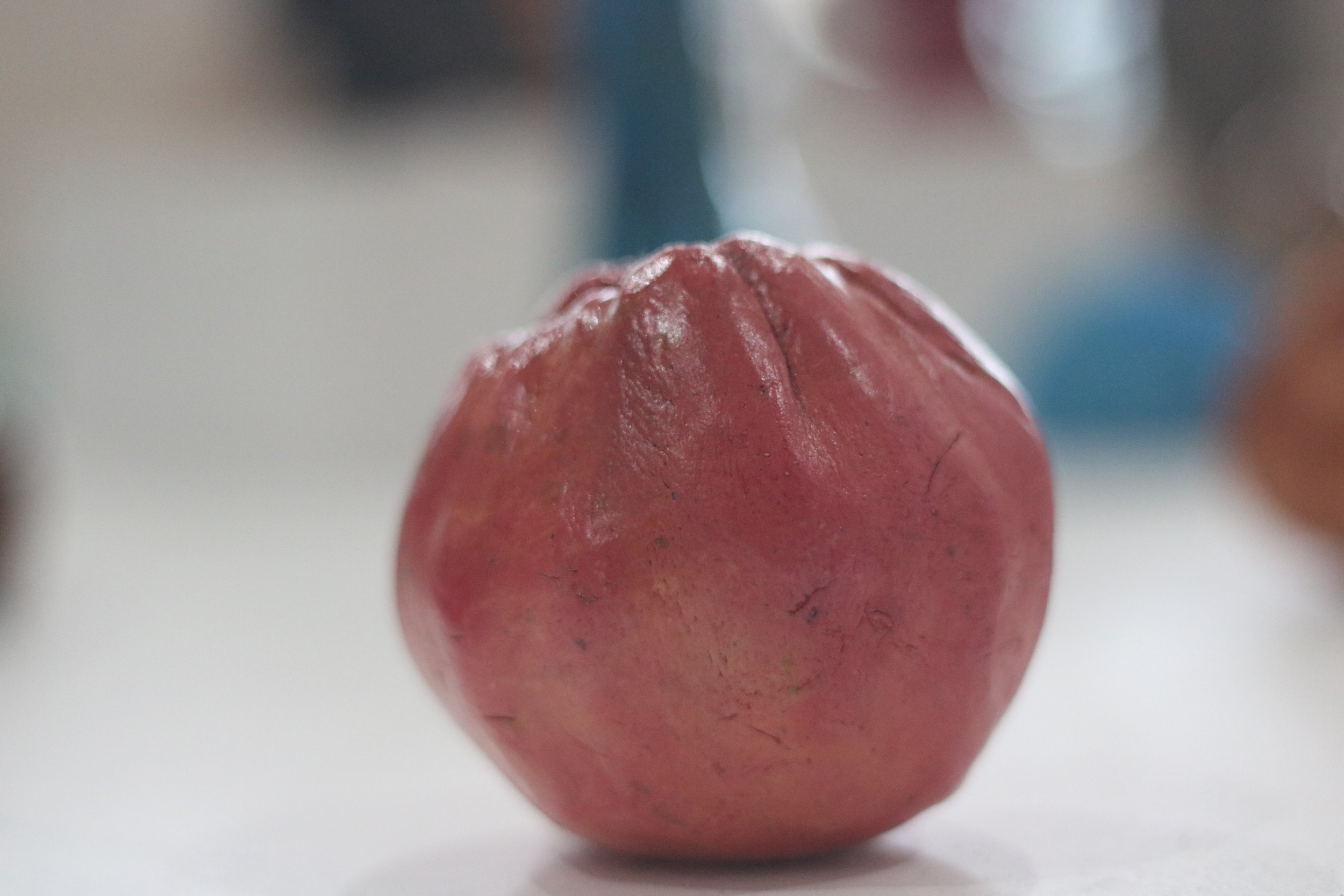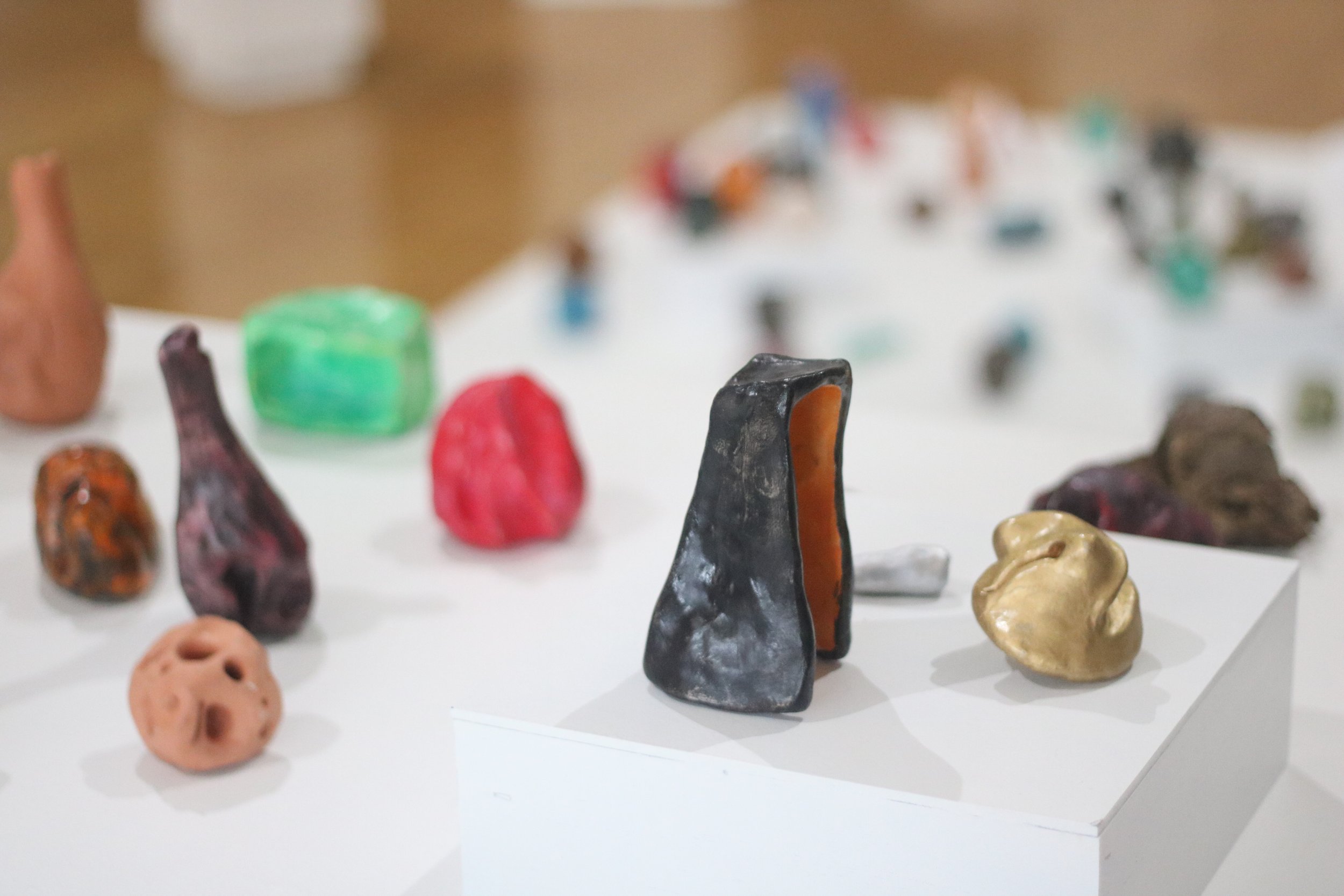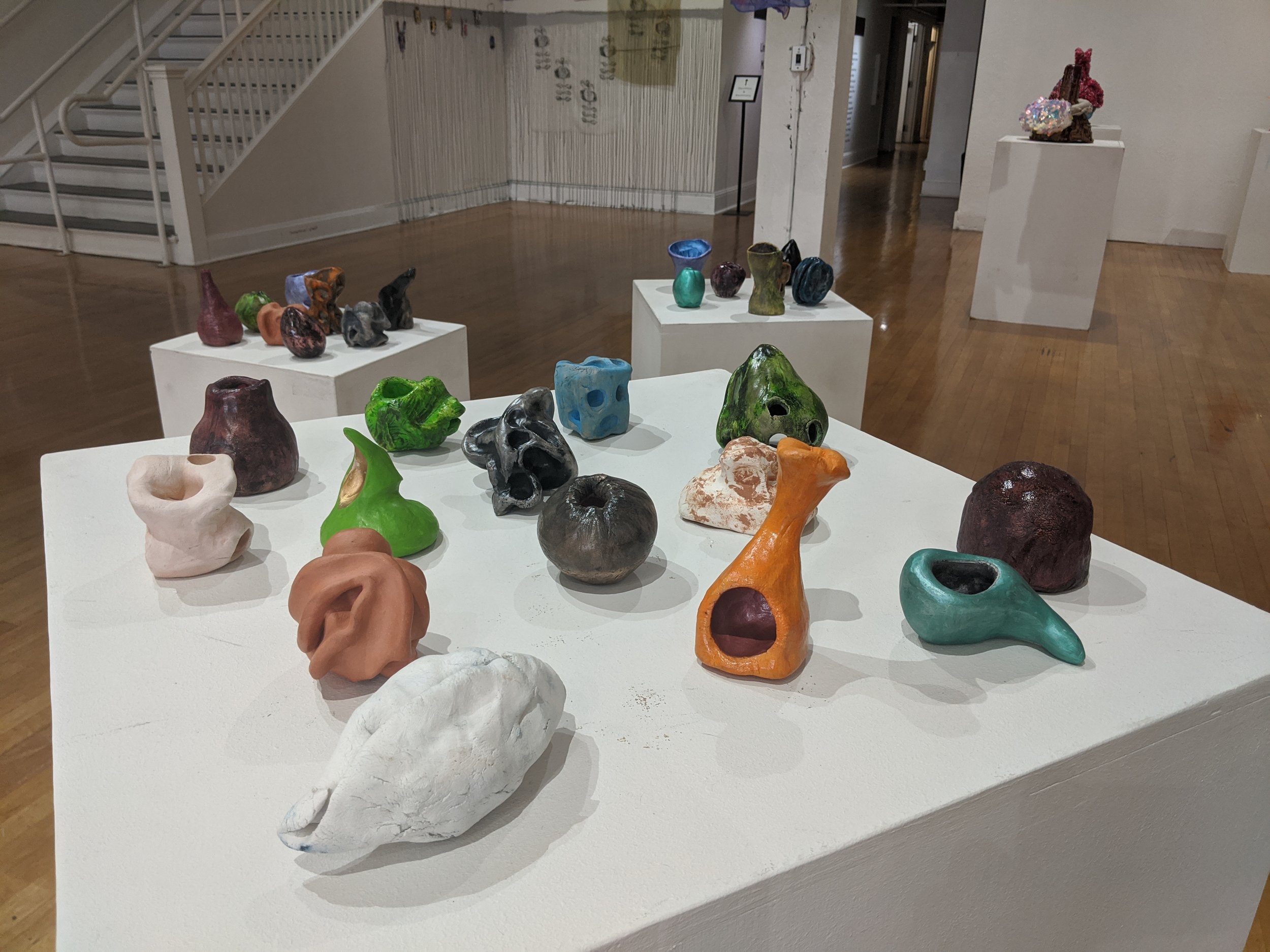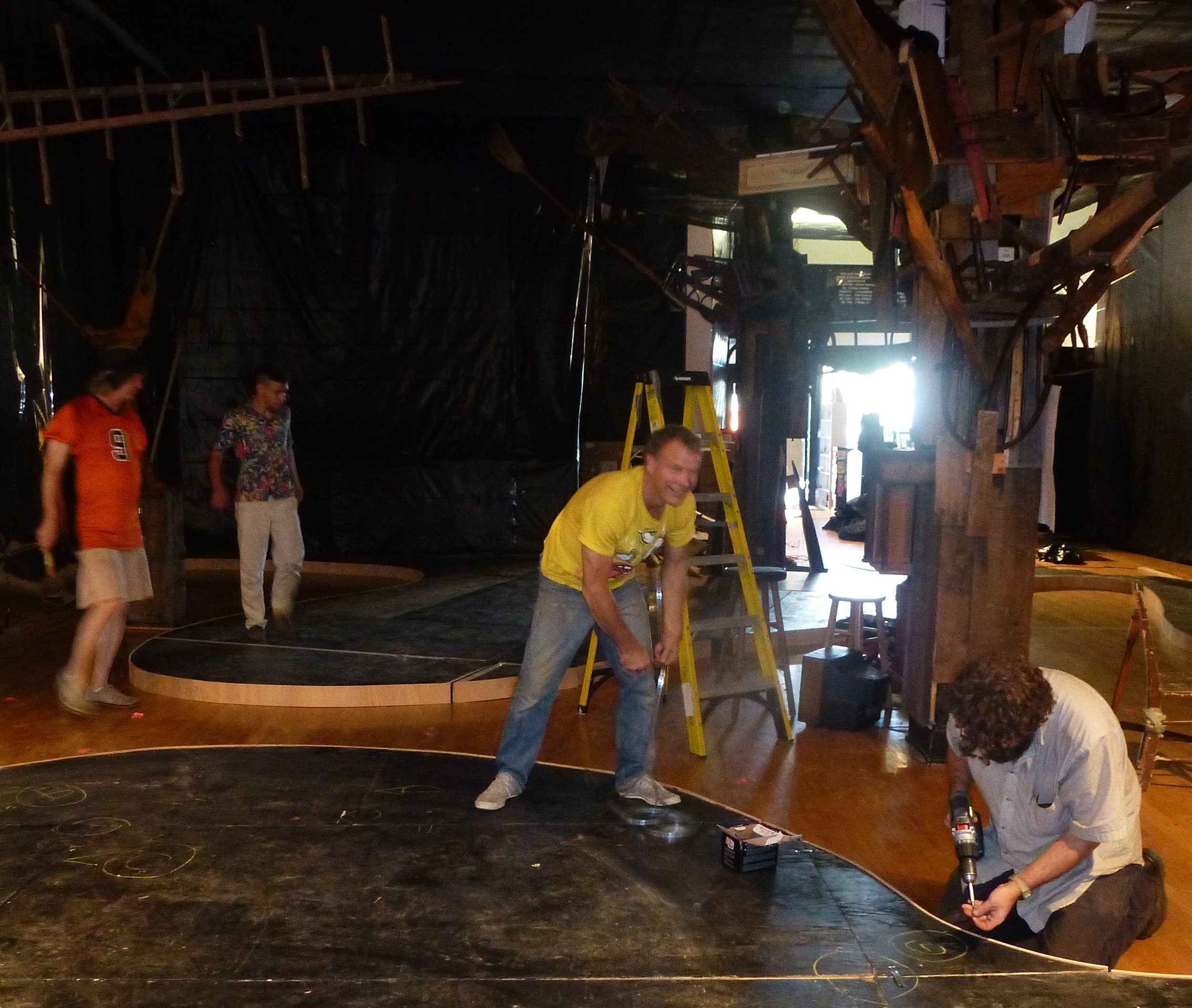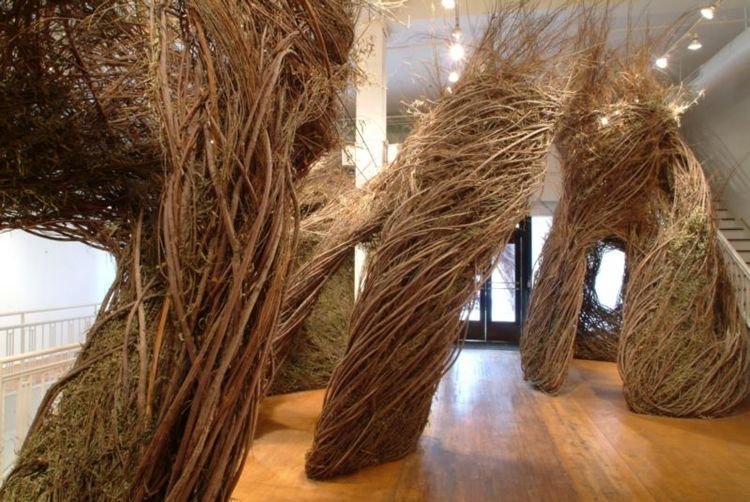“You as a Wire Hero”
2022—Present
How can you be a hero in today’s world? James’ project “You as a Wire Hero” asks this question and looks for answers. He leads hands-on art workshops allowing participants to consider how they can be a force for good in their everyday lives.
In 2022, the National Endowment for the Arts funded his "You as a Wire Hero" for its first year.
“Birdmen” 2022
This flock of Birdmen began as sketches. Everywhere James goes he takes diagonal cutters, pliers, spools of wire, and even pipe cleaners. So many people were enchanted with these particular wire sketches, James created 40 unique figures attached to round bottom bases, enabling them to interact like a cluster of Pina Bausch dancers.
“The Wire Trust” 2020
James created this visionary environment in a bee garden during the COVID-19 pandemic.
The sculptures peeped in trees like little wire birds and allowed visitors an outside venue for escaping the pressures of dealing with the terrifying new virus.
“Materiality” 2020
James, known for his wire sculptures, formed hundreds of hand built clay pieces for the five person show “Materiality.”
Following the desire of each handful of clay, James built objects to be held, not just looked at. Shaped like bones, organic machines, and altars to forgotten gods, each piece is unique.
“Celebrating the Flesh” 2016/2015
For two years, in the months leading up to the Festival of Flesh, also known as Carnival or Mardi Gras, James crafted hundreds of Lilliputian-sized black and white wire men to hand deliver to the assembled crowd.
His performances placed James at the front of a Mardi Gras parade. Remaining silent and masked as he walked the four mile route, he approached individuals and passed his work to them. His performances broke the rule of “Do not touch” and moved to a place of “Hold the art.”
“Wayne White’s Puppet Parade” 2014
James spent six weeks as an artist-in-residence with Emmy winning artist and designer for Pee-wee’s Playhouse, Wayne White. Multiple ten-foot-tall cardboard and painted puppets were created for a parade that made its way along a street that originated as a prehistoric trade route established by the Caddo People and their predecessors.
Puppets had historic ties to Shreveport and included: Huddie Leadbetter, Elvis, Hank Williams, Bonnie & Clyde, Cora M. Allen, Annie McCune, the Cajun Alligator, among many others.
“Calanthean Canyon”
May 2014
Collaborating with Delaney Martin, the co-founder and artistic director of New Orleans Airlift, James fabricated a sculptural sound instrument for the group’s Shreveport outpost of musical architecture.
The lissome stalactite-like apparatus hung from a metal bar. Constructed of wire and cotton pipe cleaners, it made buzzing and beeping electronic noises much like a 1980s video game. To achieve the café au lait color James baked the pipe cleaners in the oven.
“La Belle Poubelle” 2012
James was tapped to help manufacture an indoor swampy landscape of salvage. Brothers Chris and Doug Fitch landed in Shreveport for a two-week artist residency at artspace.
The deeply Southern environment consisted of 95% post-consumer recycled content.
“Arcadia” 2004
Patrick Dougherty’s stickwork is easily recognizable. He was the first artist to create site-specific work for Shreveport’s exhibition center, artspace.
James was selected for Dougherty’s three-week residency. He helped construct the large-scale interior and exterior sculptural installation consisting of twisted and woven willow saplings harvested from the banks of the Red River.


